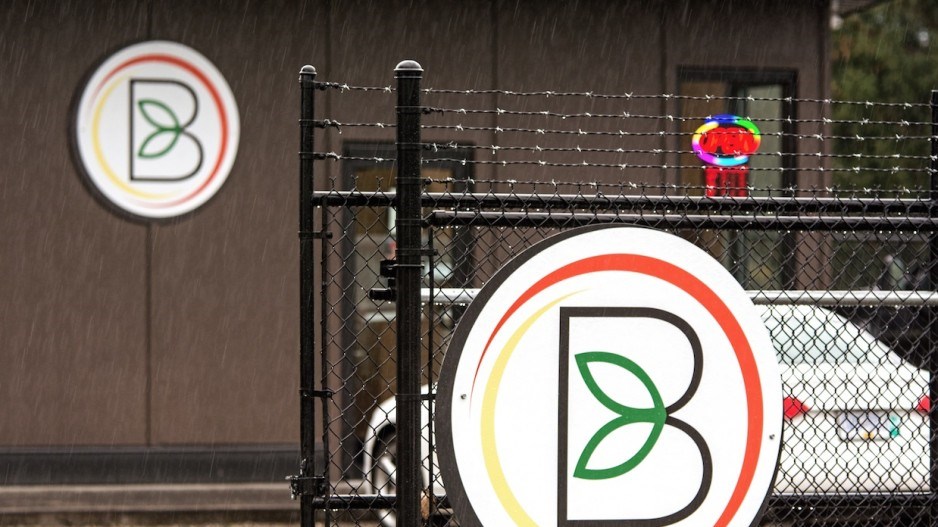Former Ontario Regional Chief Isadore Day and his company Bimaadzwin have launched a new online magazine, Growth and Prosperity, which will be themed around First Nations and cannabis issues.
Day is known for lobbying the federal government to provide First Nations with a share of the 10 per cent excise tax that the federal government levies on cannabis sales. Provinces are provided with 75 per cent of that money while the federal government takes the rest.
The Assembly of First Nations in 2017 struck a committee, led by Day and Quebec Regional Chief Ghislain Picard, with the aim of ensuring that First Nations have sufficient resources to adapt to cannabis legalization, and any resulting health, social, and economic issues.
The cause of sharing excise-tax revenue has been a hot topic in First Nations circles, and Assembly of First Nations national chief Perry Bellegarde told Business in Vancouver on Nov. 23 that he planned to bring up the issue during a December First Ministers’ conference.
BIV earlier this month reported that members of the Kwaw-kwaw-Apilt First Nation are clashing with Canadian and provincial laws by operating an unlicensed cannabis store near Chilliwack. Police raided the store in the summer but it reopened the next day.
First Nations advocates say the federal government should have foreseen the conflict.
“You would think that they would have anticipated that if they didn’t include First Nations, this would be one of the eventual outcomes,” said First Nations Tax Commission chief commissioner Manny Jules.
Bimaadzwin touts Growth and Prosperity as a vehicle that will answer questions such as:
- Where do First Nations and Indigenous Peoples fit into this new economy?
- Is it simply a matter of jurisdiction?
- Can our communities control the licensing, production, and sale of cannabis and hemp?
- Will our community members benefit from long-term employment in the cannabis industry?
- Will they feel confident that the products they produce and sell are safe for family and friends to consume?
“Much work needs to be done in the months to come in order to include our peoples in this emerging economy,” said Day. “You will see some of what’s begun in the pages of the first edition of this magazine.”
— Glen Korstrom, Business in Vancouver



